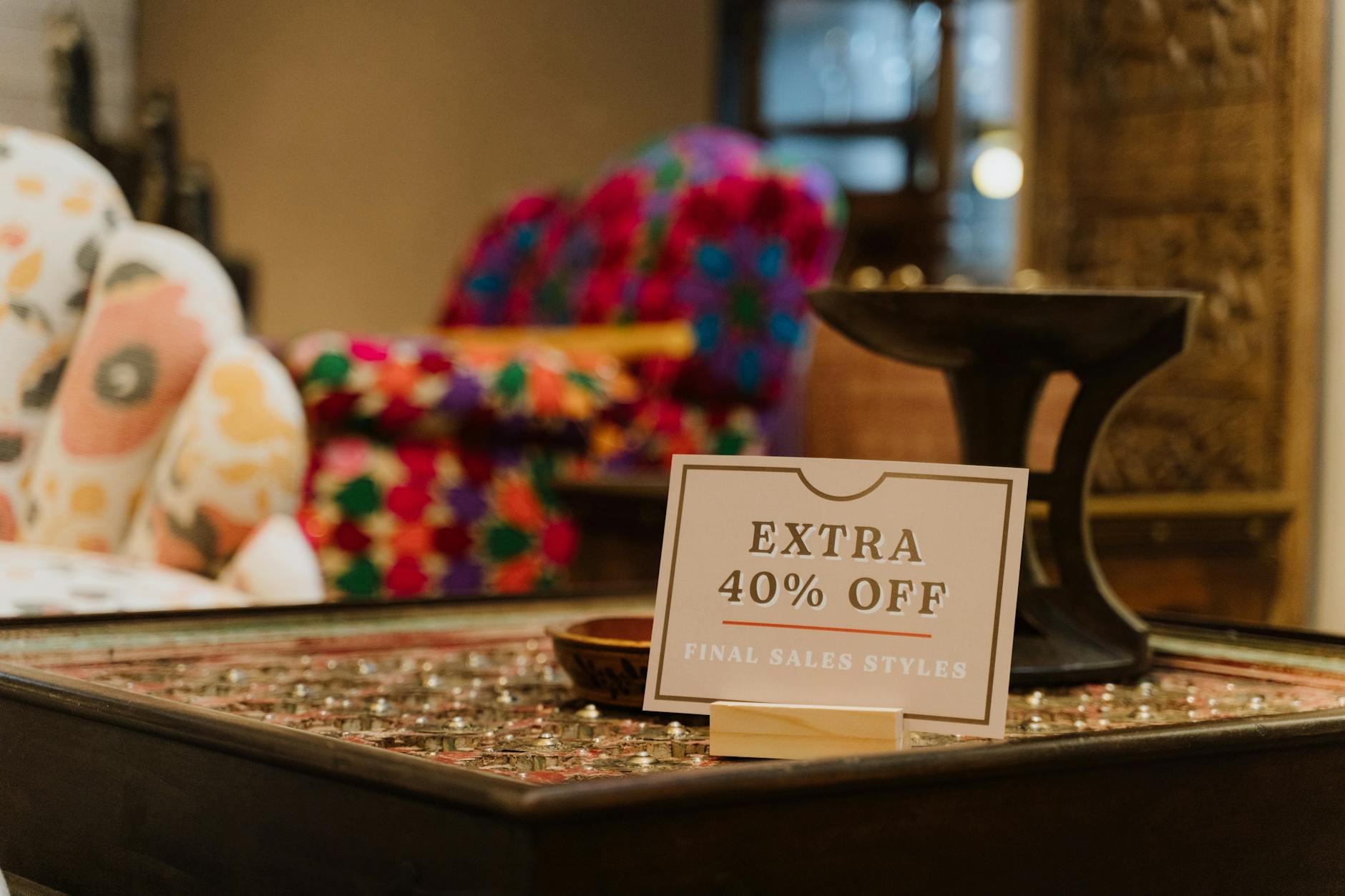Why Australian Engineers Are Embracing Motorised Projector Screens

Evolution of Projection Technology
Exploring the realm of projection technology has been akin to observing the Brisbane Riverwalk on a brisk morning; evolving and shifting with innovation around every bend. As a sound environment designer based in Brisbane, I’ve seen firsthand how significant advancements in projection technology have reshaped the way we approach sound design and visual presentations. data projectors have become pivotal, transforming spaces with their ability to display high-quality images and videos with crystal clarity.
Rise of Motorised Screens
Motorised screens have become a staple in modern audio-visual setups. These screens offer seamless operation with the push of a button, eliminating the need for manual labour and allowing for sleek, unobtrusive installations. Using motorised screens ensures uninterrupted visual flow in a presentation or a performance, akin to the smooth, rhythmic movements seen at the acoustic installations at Queensland Performing Arts Centre. This feature has elevated the capabilities in sound and visual coordination, something essential for professionals like Oliver Harris, who constantly seeks precision in his work.
Traditional vs. Modern Solutions
Traditionally, fixed screens or pull-down variants were the norms. However, advancements in technology have ushered in an era of flexibility and ease, allowing for adaptable setups that are more suited to contemporary environments. As a designer, leveraging these modern solutions in projects offers creative flexibility and maximises utility, echoing the dynamism seen in Brisbane’s engineering projects at South Bank.
Technological Advances
Recent technological strides have introduced integrated systems that encompass both visual and audio elements, providing comprehensive solutions for any auditory or visual challenge. With the advent of wireless AV cables and Bluetooth-enabled loudspeakers, sound cohesion compensates for setup differences, providing an immersive experience that aligns with Oliver's goals of exquisite sound production in his podcasts.
Benefits for Engineers
Enhanced Functionality
As a professional in the architecture and engineering field, you’re well aware of the continuous demand for innovative solutions. The motorised projector screen represents such progress, offering unparalleled ease and adaptability. With a simple remote control, these screens can seamlessly retract or deploy, allowing engineers to transform any space into a visionary workspace instantly. This technology enhances the functionality of meeting rooms, making them more dynamic and accommodating for diverse project needs.
Versatility in Application
Incorporating cutting-edge audio equipment alongside motorised screens introduces versatile applications across various engineering projects. Imagine a presentation setting where visual and auditory components are perfectly synchronised. This becomes particularly vital in locales such as the Brisbane Riverwalk, where pop-up engineering events might require quick, adaptable setups without permanent installations. The flexibility of these screens and audio systems supports real-time adjustments, essential for addressing client queries and demonstrating concepts effectively.
Streamlining Presentations
Motorised screens wondrously streamline presentations by providing a professional and sleek aesthetic while minimising setup time. Engineers can focus on refining their content and connecting with their audience rather than wrangling equipment. This kind of system significantly enhances the experience for both presenter and viewer, leading to improved engagement and clearer communication. As engineers collaborate on projects, such as those at South Bank, the ability to present complex data with ease empowers teams and clients alike.
Installation and Maintenance
Simple Setup Techniques
Setting up a high-quality audio system can feel as fulfilling as a stroll along the Brisbane Riverwalk. For Oliver, achieving pristine sound in his podcasts hinges on optimising his recording microphone. It's all about creativity and precision—whether aligning microphones for optimal pickup or ensuring the acoustics of a home studio are akin to those at the Queensland Performing Arts Centre. A worthwhile technique involves using a noise meter app on your phone, allowing you to measure sound levels as you position your recording equipment for peak audio clarity. Minimalist setups also help streamlining installation and are highly effective.
Maintenance Best Practices
Maintenance is key in ensuring your gear performs like the engineering projects at South Bank – effective and resilient. Regular cleaning is essential; dust and grime are detrimental to equipment like your professional microphone. A soft, lint-free cloth should be your companion here. Moreover, scheduling periodic checks for cable connections and ensuring secure storage when the equipment is not in use can significantly extend the lifespan of your audio gear. Old school practices like regularly inspecting for wear and tear can still serve as reliable methods for audio preservation.
Troubleshooting Common Issues
Even seasoned experts like Oliver encounter audio hiccups. Static interference or connection issues can interrupt the flow of creativity and precision. Start your troubleshooting with the basics: verify cable connections and test your microphone on different devices to isolate the fault. Swap out cables or use different audio interfaces to rule out hardware malfunctions. When digital static is the culprit, check your software settings or update drivers to ensure compatibility. Again, creative solutions combined with methodical testing can empower you to keep your setup in top-notch condition.
Broader Applications
Corporate Environments
Incorporating home entertainment systems in corporate environments is transforming how we approach multimedia presentations. Consider the implementation of advanced PTZ cameras, which allow for seamless integration into multi-room conference settings. This offers an unparalleled quality boost in terms of video outputs, enhancing client presentations and facilitating clearer communication between the office and remote participants.
Additionally, the versatility of these systems allows for adaptable layouts within office spaces. Whether you're integrating them into a small meeting area or a larger conference room, they offer scalable solutions that can effortlessly align with existing structures.
Educational Institutions
Adopting these systems within educational institutions opens doors to revolutionary teaching methodologies. For instance, dynamic learning environments are formed by combining traditional teaching resources with cutting-edge technology. Installing advanced PTZ cameras and projection tools helps bridge the gap between physical attendance and distance learning, fostering an inclusive and interactive educational experience.
Moreover, the ability to record lessons using these systems aids students who may need to revisit sessions for revision or comprehension purposes, truly elevating the classroom experience.
Home Studios Setup
For those in creative professions, the advantages of integrating such systems into a home studio setup are extensive. High-definition video and audio capabilities found in these home entertainment systems cater to the demanding needs of professionals like Oliver, who require exceptional quality to maintain their competitive edge. The integration of technology ensures consistent, high-quality production outputs essential for reaching a wider audience.
The ease of use and adaptability make these systems an ideal centrepiece for those seeking to blend personal enjoyment with professional aspirations.
Challenges in Modern Projection Technology
Navigating Space Constraints
In our city engineering projects, from the bustling Brisbane Riverwalk to the intricate designs of South Bank, one of the persistent challenges is accommodating the physical specifications of projection technology. Spaces are often designed with multiple functions in mind, making it crucial to integrate solutions like motorised projector screens that can pivot between uses seamlessly. Smaller venues, akin to many found in the acoustically refined zones of the Queensland Performing Arts Centre, demand systems that optimise limited space without sacrificing performance.
Addressing Compatibility Issues
When collaborating on innovative endeavours, such as acoustic installations at Queensland Performing Arts Centre, ensuring that the chosen projection technology plays nice with existing systems can be tricky. Engineers must be adept in evaluating various equipment compatibility, from the cabling to the digital input interfaces. Thoughtful pre-installation assessments help pinpoint potential mismatches, ensuring harmony between new tech and our existing automation technologies.
Adapting to Rapid Technological Changes
As creators in Brisbane, we are no strangers to rapid advancements in technology that change the landscape of our work. The fast-paced nature of innovations, especially evident in projects involving motorised projector screens, demands that we stay consistently informed. Regular workshops and industry meetups are excellent avenues to keep pace with these technological shifts, empowering professionals to implement forward-thinking, future-proof solutions.
Balancing these challenges with creativity can transform constraints into opportunities for innovation and collaboration, ultimately strengthening our engineering and design prowess.


